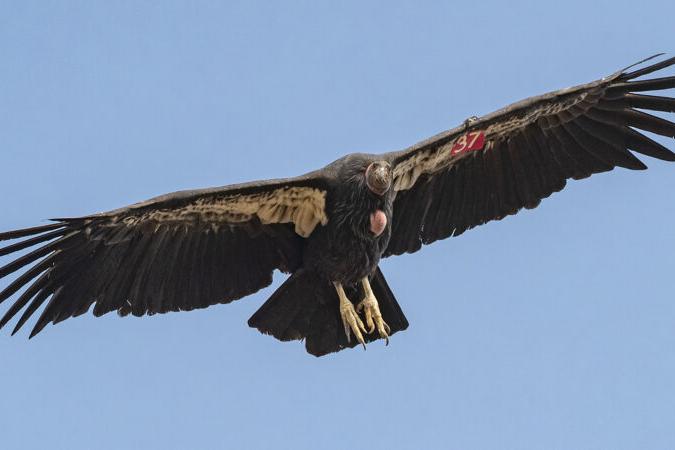
Safari Park Welcomes a Very Special Egg
On January 20, a seemingly ordinary egg was laid at the San Diego Zoo Safari Park. It looked like many of the eggs that came before it: white, large, oblong. But this one was different, as it marked the beginning of a milestone moment that’s cause for celebration. On March 16, this California condor egg became the 250th to hatch at the Safari Park—a landmark for this native species, which once came within a breath of extinction.
Laid by Mexwe (pronounced “MEX-weh”) and fathered by Xol-Xol (pronounced “HOLE-hole”), this egg is “eggstra”-special in more ways than one, as it’s not Xol-Xol’s first time making history. In 1982, he was one of only 22 California condors remaining on Earth. He was rescued at three months old and brought to the Safari Park after being neglected by his parents, who were still raising a chick from the previous year. Xol-Xol thus became the first California condor to be cared for by people as part of the California Condor Recovery Program—a collaborative conservation effort to secure the future for the species. This remarkable bird went from being one of the last of his kind on Earth to helping his species make a mighty comeback. To date, Xol-Xol has fathered over 40 chicks with three different mates!
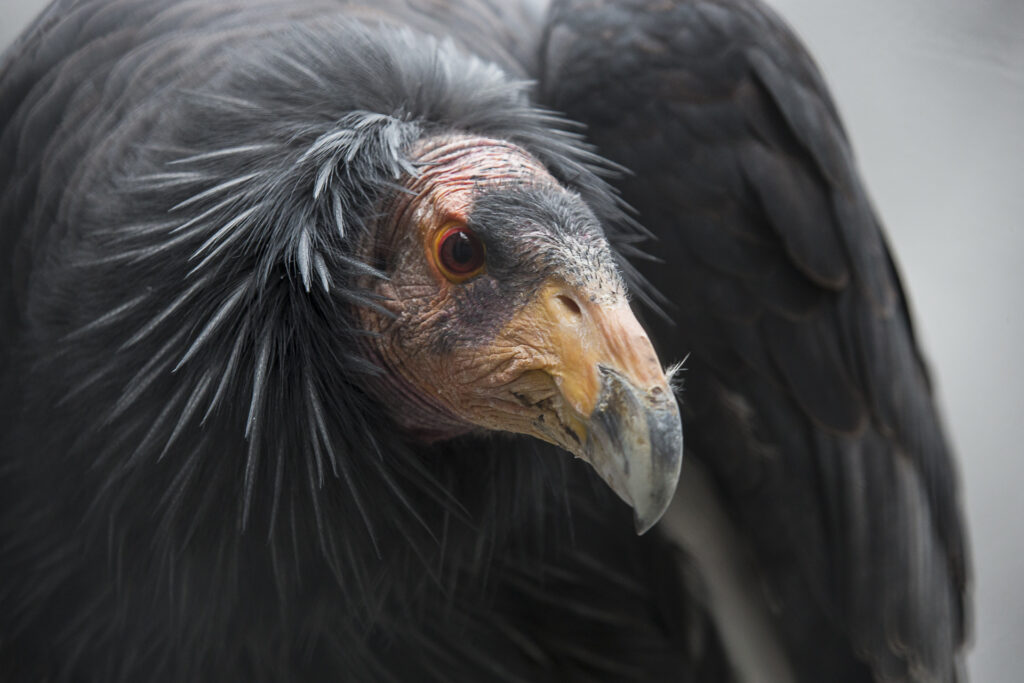
Together, Xol-Xol and Mexwe are experienced parents. Their newest chick is a male named Emaay (pronounced “eh-MY”), a Kumeyaay word meaning sky, and is the ninth they’ll raise together since being paired in 2015. Interestingly, California condors tend to be monogamous and share all nest duties, including incubating the egg, brooding and feeding the chick, and defending the nest.
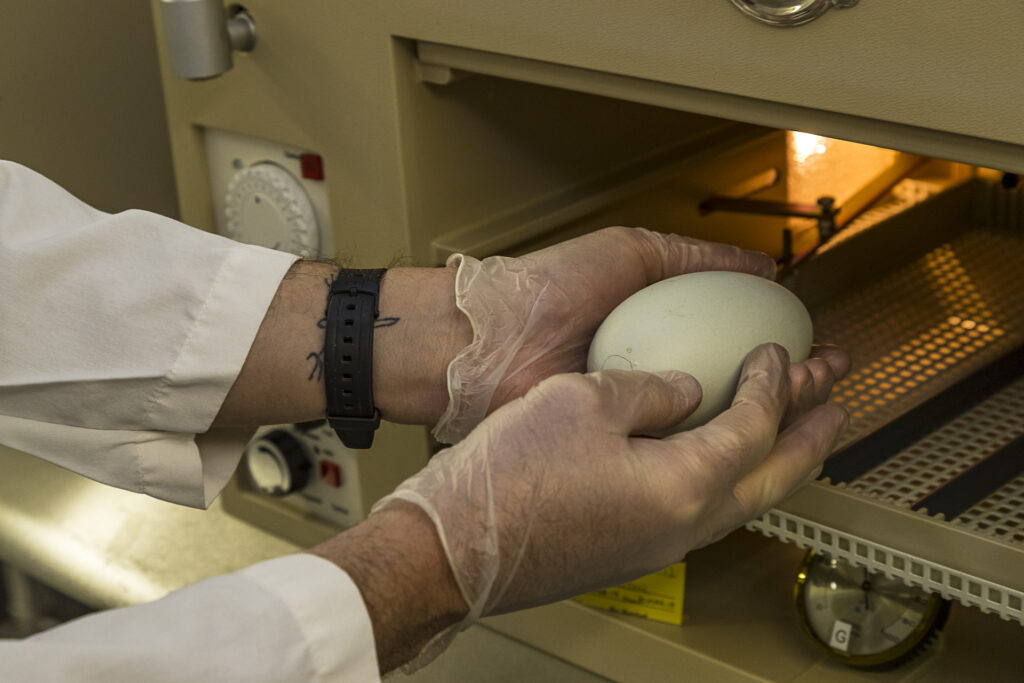
Every California condor egg is critical to the future of the species. So, when Mexwe laid the egg, it was carefully removed by expert teams and placed into a temperature- and humidity-controlled incubator. In the nest, the egg was covertly replaced with a replica that looks and feels just like the real one so the parents could continue to care for it. With critically endangered species, including California condors, this is common practice to ensure the safety of the egg.
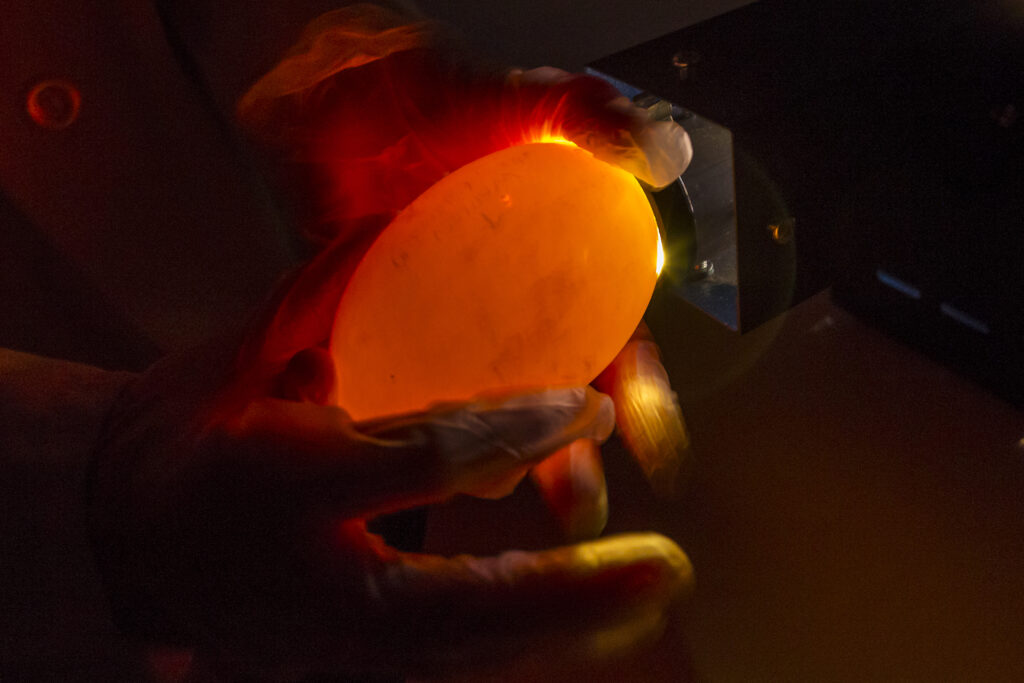
While in the incubator, wildlife care specialists closely monitored the embryo’s development every day. One of these checks involves “candling” the egg by using a light placed against the shell to check the position of the chick and determine if it was in the right position to successfully hatch its way out. Due to a suspected malposition, the egg was taken to the Safari Park’s Paul Harter Veterinary Medical Center for computed tomography (CT) imaging. After examining the results, the team received good news. The chick’s position was determined to not be of concern and Emaay was able to begin pipping successfully.
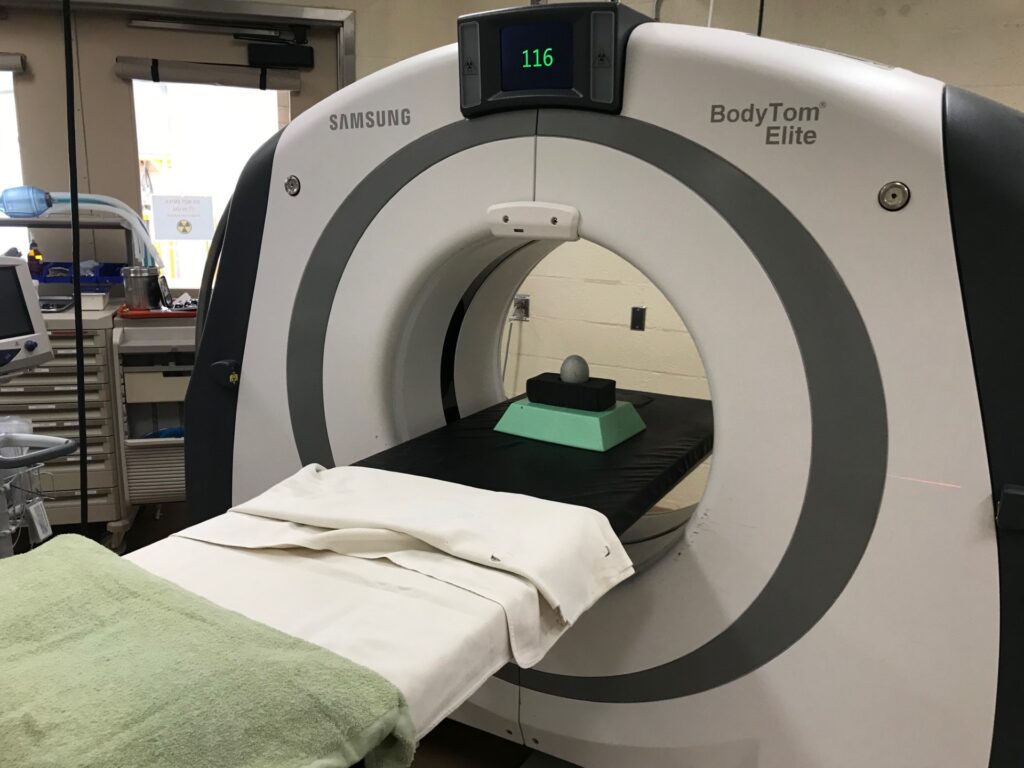
Pipping is the initial breaking of the shell by the hatching bird, and it begins around 55 days after an egg is laid. If everything is going smoothly, the egg is placed back in the nest, swapping it with the faux egg, and the condor parents take it from there. This stage is vital for the hatching bird and parents to begin bonding. In this case, Xol-Xol and Mexwe were immediately attentive, helping Emaay successfully break through the eggshell—and officially making him the 250th California condor hatched at the Safari Park!
After hatching, the parents tucked the chick into the nest, sharing their warmth with their little one. This act forms a strong bond between the parents and chick and allows them to keep a close eye while the chick begins eating and gaining strength. This is a monumental milestone for the conservation of this magnificent species, but to Xol-Xol and Mexwe, they’re behaving naturally, taking care of their chick, and doing what condors do.
Safeguarding Today and Tomorrow
Prior to Xol-Xol’s rescue, not much was known about California condors, and the future of the species was in peril. But with decades of experience caring for other vultures and condors, we were able to put our expertise to work. Over the last 40 years, we’ve developed cutting-edge solutions to help restore sustainable California condor populations across the region. Through a long-term collaborative conservation breeding program, we incubate, hatch, and raise condors at the Safari Park for reintroduction into native ecosystems, working closely with the U.S. Fish and Wildlife Service, the Comisión Nacional de Áreas Naturales Protegidas (CONANP), and other partners. At six reintroduction sites throughout California, Arizona, and Baja California, Mexico, hope soars over wide-open landscapes as together we reintroduce condors into the habitats from which they had once disappeared. Currently at least 50 birds join the population annually, and 12 to 15 chicks hatch in native habitats every year.

While the birds have made a mighty comeback, they’re still critically endangered. California condors are a keystone species, inherently connected to the health of their native ecosystems. These vultures act as unsung sanitation heroes across the Southwest, cleaning up carcasses and keeping disease from spreading. And because these local legends are threatened by habitat loss, lead poisoning, and disease, the regions they inhabit are at risk, too.
In addition to restoring populations, we collaborate with partners to find solutions for these threats through our Southwest Conservation Hub. In recent years, the deadly highly pathogenic avian influenza (HPAI) swept through populations and took a toll. We’re participating in a historic vaccine trial for HPAI that will help secure the long-term health of California condors by protecting them from the disease.
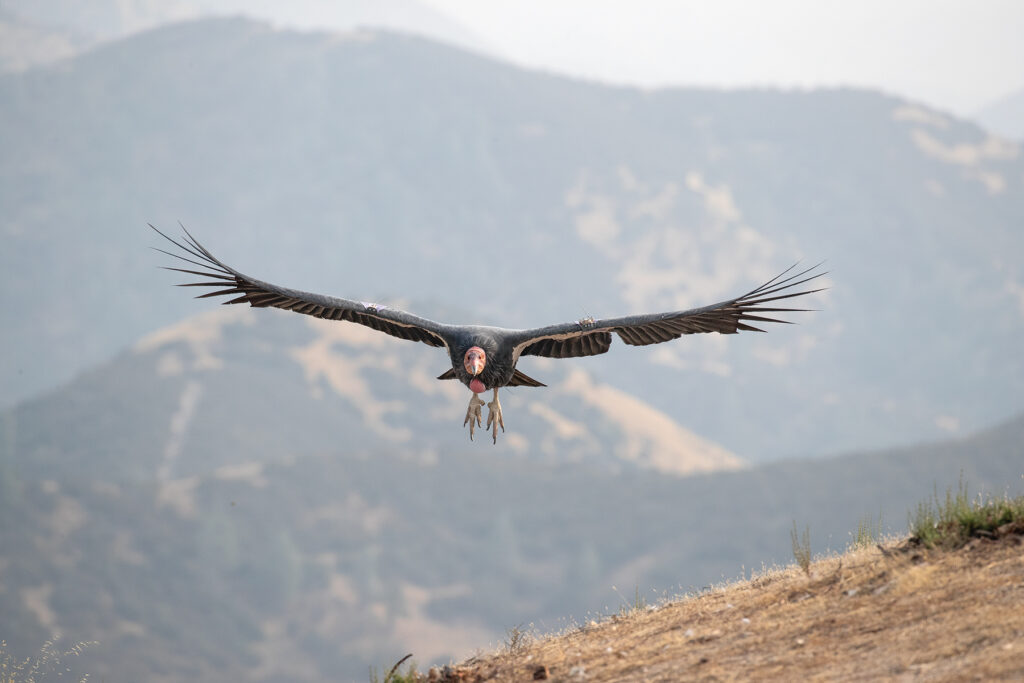
New Horizons for Emaay
After growing up from a little chick to a thriving adult over the last year and a half, Emaay was successfully introduced into native habitats in fall 2025. He’s carrying on Xol-Xol’s extraordinary legacy as he joins the native population and glides across the vast Southwest skies.
With the 250th California condor hatching at the Safari Park and now Emaay's introduction, we’re celebrating the strides we’ve made in recovering the population of this species and the hope it brings for their future. Through collaboration and innovation—plus a little help from Xol-Xol himself—we’re saving, protecting, and caring for these icons.
From an all-time low of just 22 birds, today there are over 560 California condors with more than half soaring over Southwest coastlines, mountains, and deserts. Conservation successes don’t happen overnight, but the day-to-day work adds up to make an impact for critically endangered wildlife that ripples out for generations to come.
This story has been updated as of December 2025 to include information about the exciting introduction of Emaay into native populations.
Tune in to our livestreaming Condor Cam for an inside look at how parents raise their chicks, and discover how you’re making a difference for local wildlife and ecosystems through our Southwest Conservation Hub.




